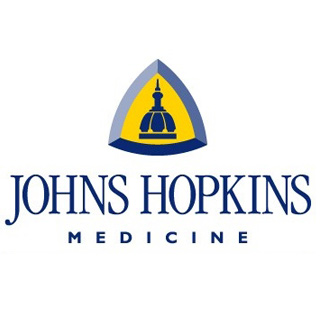
This study involved 363 men and women and was shut down after only 208 study participants appear to have finished the complete treatment timeline of 14 months. The authors found that for decreasing carotid arterial wall thickness in the neck, prescribed niacin appear to have worked better in combination with a statin as compared to another double-cholesterol-lowering drug combo namely ezetimibe and a statin.
An average wall reduction of 0.014 of a millimeter with niacin appears to have been seen. By contrast, the ezetimibe group apparently showed no considerable change. Moreover, they discovered that study participants who were taking niacin may perhaps be at higher risk of heart disease or already had it, with average bad LDL blood-cholesterol levels of nearly 82 milligrams per deciliter. Also, all seem to have already been prescribed statin therapy.
It was observed that the results in both groups showed improvements in LDL levels, which dropped by an average 18 milligrams per deciliter in the ezetimibe group, and by an average of 10 milligrams per deciliter in the niacin group. However, only the niacin group seems to have shown a considerable increase in good HDL blood-cholesterol levels, an average of 8 milligrams per deciliter, whereas the ezetimibe group dropped an average 3 milligrams per deciliter.
“Although study results are provocative, I am not convinced. These early results offer no conclusive evidence that niacin along with a statin will actually lower the number of deaths and incidents of heart attack from coronary artery disease down the road,” says Roger Blumenthal, M.D., a professor and director of the Ciccarone Preventive Cardiology Center at the Johns Hopkins University School of Medicine and its Heart and Vascular Institute.
One of the important drawbacks of the study apparently is that about 40 percent of participants were not examined for the complete study duration. More so, they appear to have been left out of the final analysis.
Blumenthal claimed that evaluating the thickness of the inner or intima layer of the carotid artery in the main blood vessel in the neck may perhaps not be the best predictor of actual atherosclerosis. Furthermore, newer techniques for measuring actual unstable plaque volume or area could possibly be considered more trustworthy models. Also, changes in the carotid artery appear to be not directly tied to changes in other arteries.
The observed reductions in cholesterol levels seem to be ‘not that surprising,’ considering other larger studies. Supposedly, these larger studies showed that combination therapy was more effective at reaching reduced cholesterol targets as compared to statins alone.
However, stronger doses of statins may have attained the same result noting that the HALTS study average starting LDL-cholesterol levels did not even meet accepted goals of less than 70 milligrams per deciliter. According to the study authors, the latest findings may perhaps not be adequate enough to merit a change in existing treatment guidelines namely for people with coronary artery disease. This could possibly further recommend statin therapy alone as an initial step in treatment.
Moreover, if statin therapy does not assist patients achieve their target cholesterol levels, only then should additional therapy such as niacin be considered. However, the HALTS study along with a newly published study from Oxford University seems to support the add-on use of niacin as an ideal second, cholesterol-lowering agent.
Erin Michos said that there appear to be numerous large, continuing worldwide studies on the lasting vascular benefits of niacin and ezetimibe. These studies particularly the ones called Aim-High and Improve-It should offer more definitive data on whether these drugs lower rates of heart attack and stroke when used in combination with a statin, or if statin therapy works better alone.
Co-editorial author and cardiologist Erin Michos, M.D., M.H.S. at Hopkins said that, “Further research is needed still, as we have a lot to find out about the real and long-term effects of niacin on the heart and arterial blockages.”
Certainly, preliminary findings from another Johns Hopkins study will perhaps show that niacin does not assist in reducing the volume build up of plaque inside the arterial wall in people taking statin therapy who already had higher HDL levels. Additionally, extended-release niacin used in this study seems to be a prescription medicine. Also, it was observed that it has not been sold over the counter like many other vitamin B products.
The study findings apparently do not change the fundamental basics of preventing coronary heart disease in the first place. Also, people seem to stick with the everyday healthy lifestyle choices. These lifestyle choices could perhaps focus on antiplatelet drug therapy such as taking daily aspirin if they are at high risk, observe blood pressure and cholesterol levels and keep tabs on blood cholesterol levels. More so, they might stop smoking, watch their diet to avoid weight gain, exercise regularly, and know their family history for developing such potentially fatal heart disease.
The findings of the study ‘HDL and LDL Treatment Strategies (HALTS)’ have been published in The New England Journal of Medicine.
